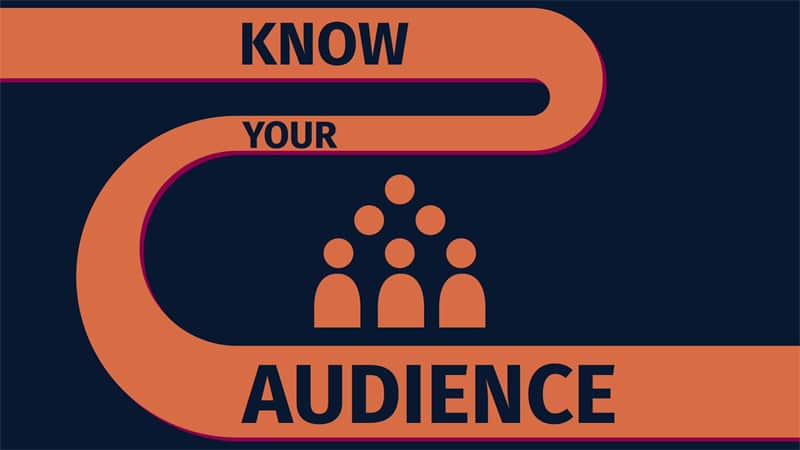
With digital marketing as the new norm, businesses must find a way to increase the value of your advertising investments. Here are effective ways to do just that.
The current business landscape has become so diverse and fast-paced that traditional marketing has taken a backseat. Digital marketing is becoming the new norm. Although you may still see giant billboards and television commercials today, many businesses spend their time and resources online. And rightfully so, because today’s consumers spend most of their time on their digital devices.
Paid advertising has become integral for many enterprises, no matter the size. But with the vastness of this arena, you can easily get lost and confused. You can choose from so many different platforms and channels. So, it’s challenging to know where to direct your budget for the best possible results.
However, with careful thought and an effective game plan, any business can stretch its budget to achieve its digital marketing objectives. So, stick through the end as this post discusses how to get the most out of your paid ads budget.
You can also look up the best paid advertising practices for more information. In the meantime, here are steps you should start taking today.
1. Know Your Audience

Knowing whom your products and services cater to, what they like, and where and when they spend their time online will help you create compelling ads that resonate with them. You might think this is rocket science, but it's not.
To begin understanding your target audience, you must thoroughly research their demographics, interests, and behaviors. You can gather this information using web and social media analytics, online polls, and customer surveys.
You would be surprised to know that you can be as detailed as you want and get crucial information like what type of devices they log into, which accounts they frequent, what kinds of brands they buy, and even their purchasing behaviors. Knowing this information can help you make data-driven decisions on where to invest your campaign budget.
2. Set Clear Advertising Goals
Do you want to drive website traffic? Increase your leads? Maybe you want to grow your social media followers or even your email sign-ups.
Before you launch a campaign, you have to determine your goals for a clear direction.
Once you've identified your goals, start creating ads explicitly for them. For example, if you want to increase the number of attendees to your webinar, you can create an ad copy with a call to action that goes ‘Sign Up Now and Get 25% Off ‘. Its urgency will get your target audience curious and willing to participate.
3. Choose The Right Platform
When this comes up, you may think of social media. Considering how advertising works these days, it’s an astute thing to do.
Today, there are at least 15 social media platforms with strong marketability. But not all are created equal. Some platforms may best suit younger audiences, while others cater to older users more.
Nonetheless, if your target audience is active on a specific platform, you must design a campaign that takes advantage of its unique features. That's why knowing your audience is the first step on this journey; once you get this, everything else falls into place.
4. Create A Compelling Ad Copy
The ad copy you produce should be clear, concise, engaging, and effective at communicating your products or services' value proposition. Highlight their features and benefits and create a unique way of delivering how it will soothe your consumer's pain points.
Remember to include a CTA in your ad copy, as this encourages your readers to act. This way, every piece of copy becomes an invitation to do business.
5. Use High-Quality Images And Videos
Humans are visual creatures. So, high-quality images and videos can easily capture our attention. Graphic elements can also create meaningful connections that convey your message effectively.
Never settle for poor-quality images and videos, like blurred or pixelated ones. These easily ruin your viewer engagement and obscure the messages you’re trying to present.
If you focus on video clips, you should keep them short and engaging. Hook your audience in the first five seconds. Otherwise, they'll skip it, and you won't have a chance to deliver your message in its entirety. Optimizing elements like music, animation, subtitles, and humor helps, too.
6. Test And Optimize

Sometimes, digital marketing has to be done through trial and error.
You need to understand how A/B testing works. Also known as split testing, it involves comparing two different versions of a marketing element, such as an ad or landing page, to determine which performs better.
Basically, two versions of the same stuff are shown to different target audience segments. Their effectiveness is gauged and then compared to determine which one is more effective.
This is a valuable strategy for determining which ad elements can drive conversions. More importantly, unlike traditional ads, you can measure their success in a very short period.
Also, if you utilize pay-per-click advertising, you won't have to spend money on ads that tank since you can pause or abandon them in favor of more effective ones.
Play It Smart
Paid ads are very effective, but only if you know what you're doing. With these tips as your starting point, you can make the most of your ad budget.
Just remember that online advertising is not a one-time effort. Even if you already have one or two successful campaigns, the digital landscape can change quickly. What worked for you today may not work tomorrow.
Regularly update your knowledge of industry trends and keep your eyes peeled for new ideas from fellow business owners or marketers. This way, you can always keep up with the competition.










